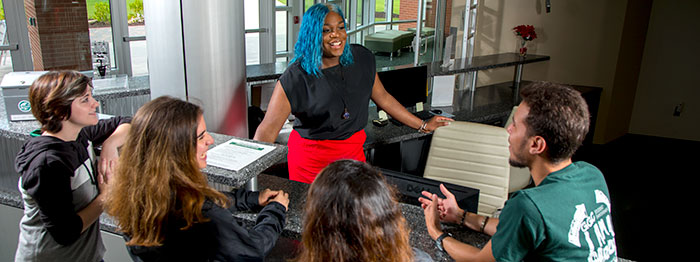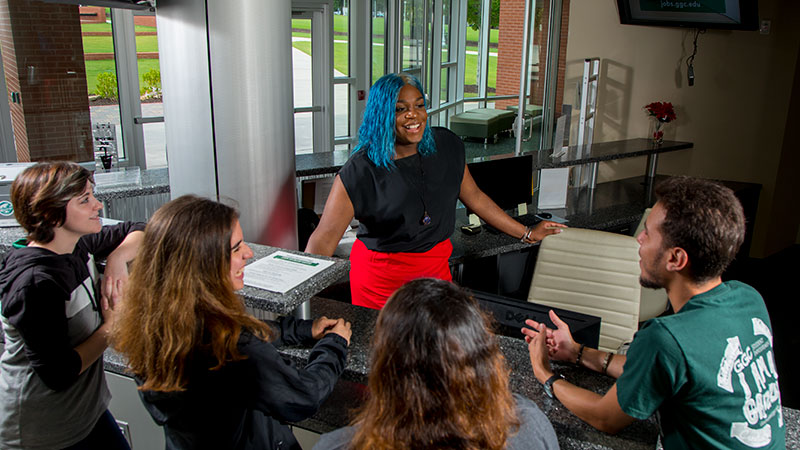
College students of limited means receive much less support from Pell Grants today than in the past and have a much lower chance of graduating within six years, a new report shows.
The study, 2019 Indicators of Higher Education Equity in the United States: Historical Trend Report, shows persisting inequality in higher education based on family income, race/ethnicity, parent education, and geographic location.
Among the key findings:
- In the mid-1970s, Pell Grants covered two-thirds of average college costs. By 2017 the maximum Pell covered 25 percent of average costs, down from 67 percent in 1976.
- Students who are both low-income and first-generation who enter college have a 21 percent chance of earning a bachelor’s degree in six years. Their peers who are not low-income or first-generation have a 57 percent chance.
- Black bachelor’s degree recipients have the highest borrowing rates (85 percent) and the highest average amount borrowed ($34,000).
- Even as overall enrollment increases, the representation of students from low-income families at the most selective institutions has changed very little from 20 years ago.
The report was released recently by the Pell Institute and the Alliance for Higher Education and Democracy. It’s key for policymakers and practitioners in documenting inequity in higher education, as well as identifying the practices that will improve attainment among groups that are historically underrepresented.
Post-high school education is vital for the economic and social well-being of individuals in our society. Yet, despite investments in financial aid and other programs, college-related outcomes continue to be considerably lower for students from lower-income families than for students from higher-income families.
We know from this research and the work of others that higher education remains stratified for students of color, students from low-income households, and students who are the first in their families to attend college. We can also see that the full costs of college — those that go beyond tuition and fees — weigh heavily on low-income students, and that all factors affect completion. Given the circumstances, these students need additional supports to increase their chance of success. Federal outreach efforts such as the TRIO program, which is designed to identify and assist students from disadvantaged backgrounds, are critical if we are serious about ensuring equal access to education.
During the report release, we met three extraordinary students — Sophia, Chay’Vion, and Ashley — who shared their stories and brought the data to life. They come from all walks of life and all parts of the country — but they have at least two things in common: 1) they’re from low-income families and, 2) they earned a college degree. They did it through perseverance, with help provided by TRIO program staff and others, and in some cases a little bit of prayer. Though Sophia, Chay’Vion, and Ashely entered higher education from high school, their paths were indirect; they transferred from community colleges to four-year institutions and stopped out to work to take care of themselves and their families.
These students are success stories, but the data show clearly that, for every success story, there is another about a student who doesn’t make it through the system to earn a college degree. We need to change that. Now more than ever, we need to address these persistent inequities so more students — and the nation — can thrive.
